This short guide to Kabul will help you figure out the best spots to visit in Afghanistan’s capital, along with recommendations for safe hotels, what food to try, and tips for staying safe in the city.
For context, I visited Afghanistan for 11 days in September 2024, spending 4 of those days in Kabul—and I ended up loving Kabul more than I thought I would. Before my trip, I read The Kite Runner, which was really the only reference I had of Kabul.
Despite the current situation in Afghanistan right now, Kabul is alive and vibrant. Before arriving in Afghanistan, I’d been travelling through Central Asia—Kazakhstan, Kyrgyzstan, Tajikistan and Uzbekistan—where everything felt quite ordered and clean. But the moment I crossed the border into Afghanistan and entered the city of Kunduz, I was greeted by the chaos I didn’t know I had been craving! It reminded me so much of India, and Kabul only amplified that energy!
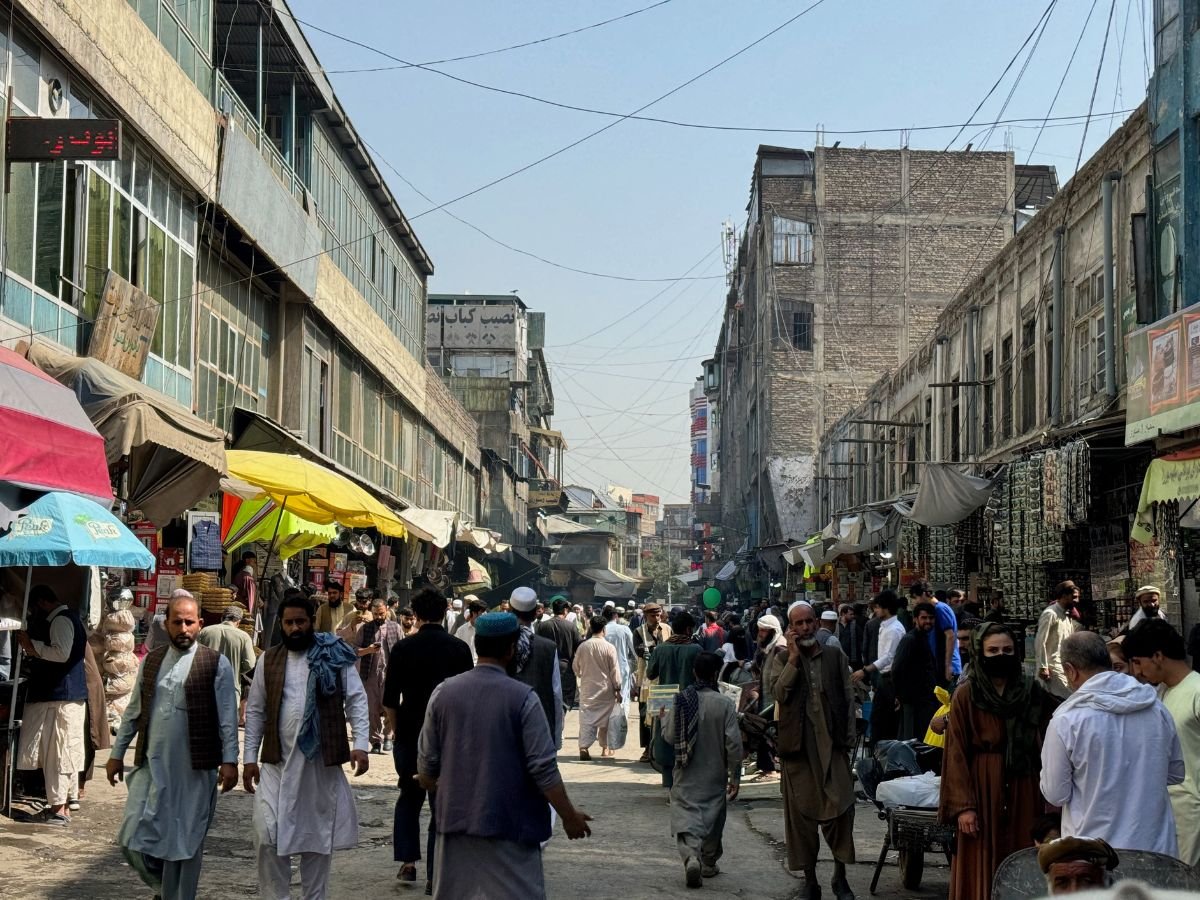
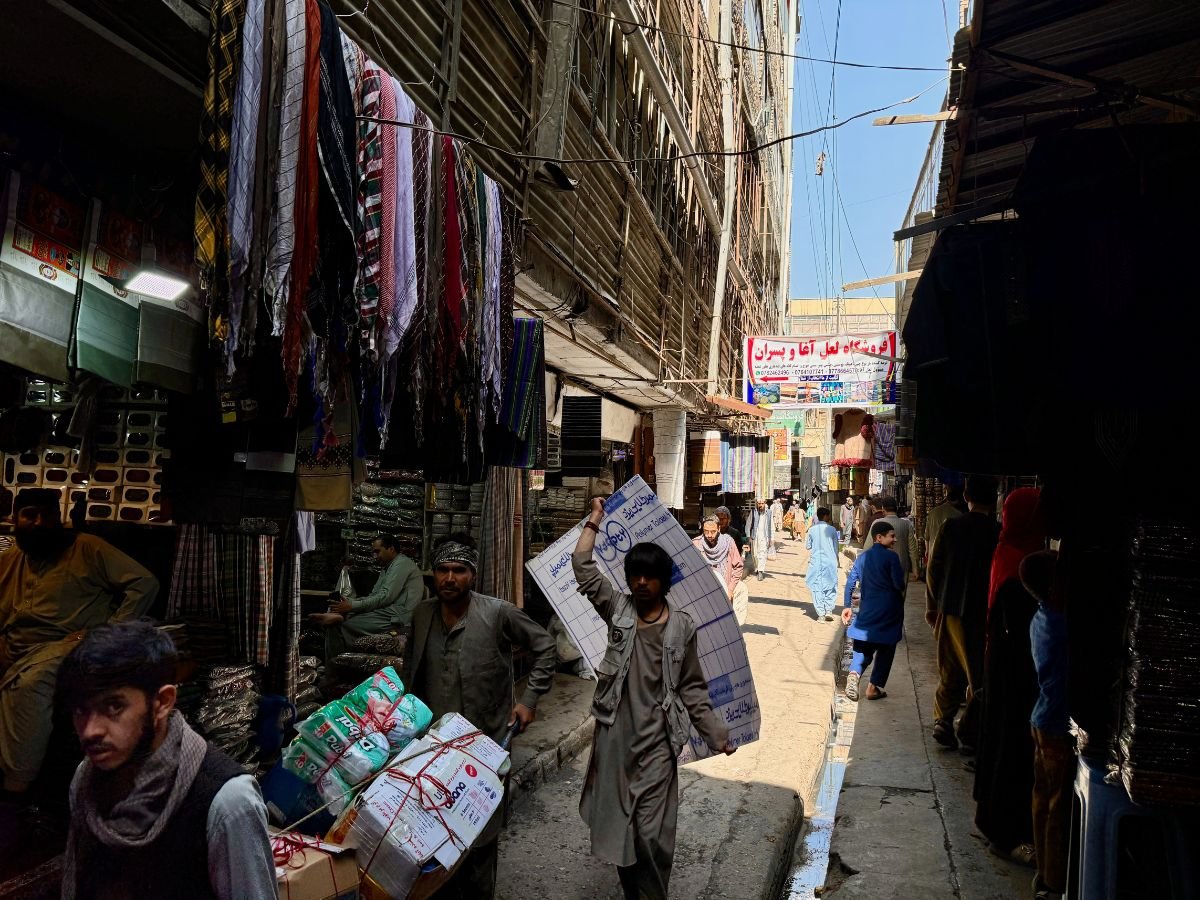
Is Kabul safe to visit?
First up, it’s important to mention that the locals of Kabul were incredibly welcoming and kind. I’ve never experienced so much hospitality in one city. As locals don’t see many foreigners in Kabul, they are eager to talk and help you in any way they can. The amount of teas we had to turn down was unreal—just truly heartwarming.
While the Taliban’s rule has resulted in devastating human rights violations, the security situation in Kabul is considerably better, and generally, I felt safe in Kabul. Locals told me that when the Americans were based here from 2001 to 2021, the situation was extremely volatile. American officials would often fly around the city because of safety concerns.
Of course, the situation can change at any moment, and ISIS (the Taliban’s enemy) is still operating on a small scale in Afghanistan. So you need to be constantly aware and try to keep up to date with the situation on the ground. The best way to do this is to join an Afghanistan Travellers Whatsapp Group. Message me on Instagram for more details.
My experience with the Taliban, Kabul
If you’re worried about how the Taliban might treat you, my experiences with them were generally positive, particularly at checkpoints and in the Ministry of Tourism offices where you’ll need to get your travel permits.
The only negative experience I had in Kabul was with Afghanistan’s morality police. See this article for more details on who they are. Near the central market, they stopped and reprimanded me for not covering my mouth and nose. Once they realised I was a tourist, they waved me on without causing a scene, but the experience really stuck with me and I dread to think how the situation would’ve escalated if I were a local woman.
Read later: Is it safe to travel to Afghanistan?
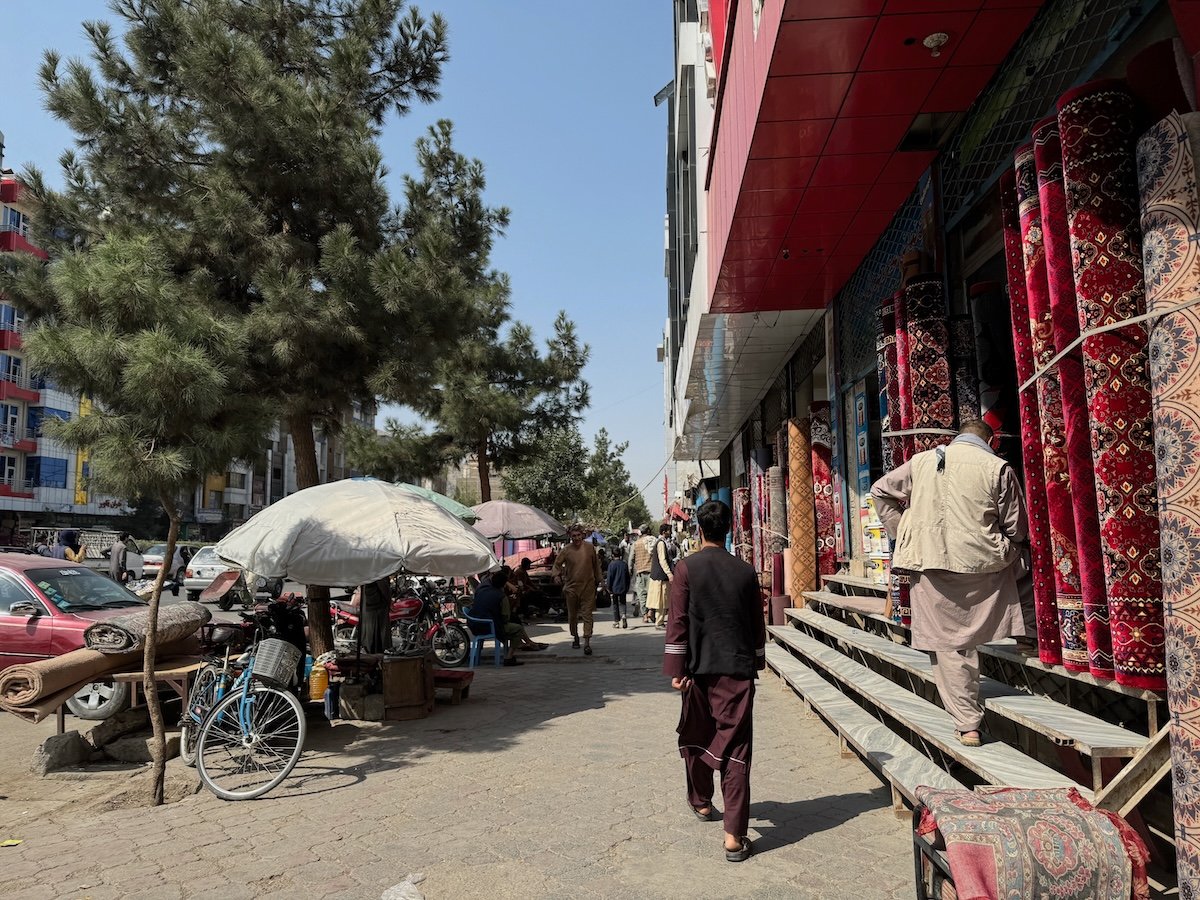
Where to stay in Kabul?
Next up in this Kabul travel guide are my hotel recommendations. The best neighbourhood for travellers to stay in Kabul is Shar-e-Naw. Here you can find lots of comfortable and safe hotels. But be aware, to share a double room with someone of the opposite sex, you must be “married”. Most hotels don’t ask and assume you’re together, but just a heads up.
We stayed at Afghania Guesthouse for four nights, and I couldn’t recommend it more. Located in the embassy zone, it has tight security, so you’ll feel safe. I also loved its big garden where you could enjoy breakfast. Oh, and a resident dog and cat.
Our friend Bart stayed at the Khyber Hotel, which he also recommended. It’s a little more expensive than Afghania Guesthouse, but another option for you to consider.
If you’re on a super low budget, there are also quite a few chaikanas in Kabul. The iOverlander app is really useful to locate them.
What to do in Kabul, Afghanistan?
This isn’t an exhaustive list of things to do in Kabul, but rather more of my favourite things we did in our four days visiting the city.
1. Visit Sakhi Shah-e-Mardan Shrine
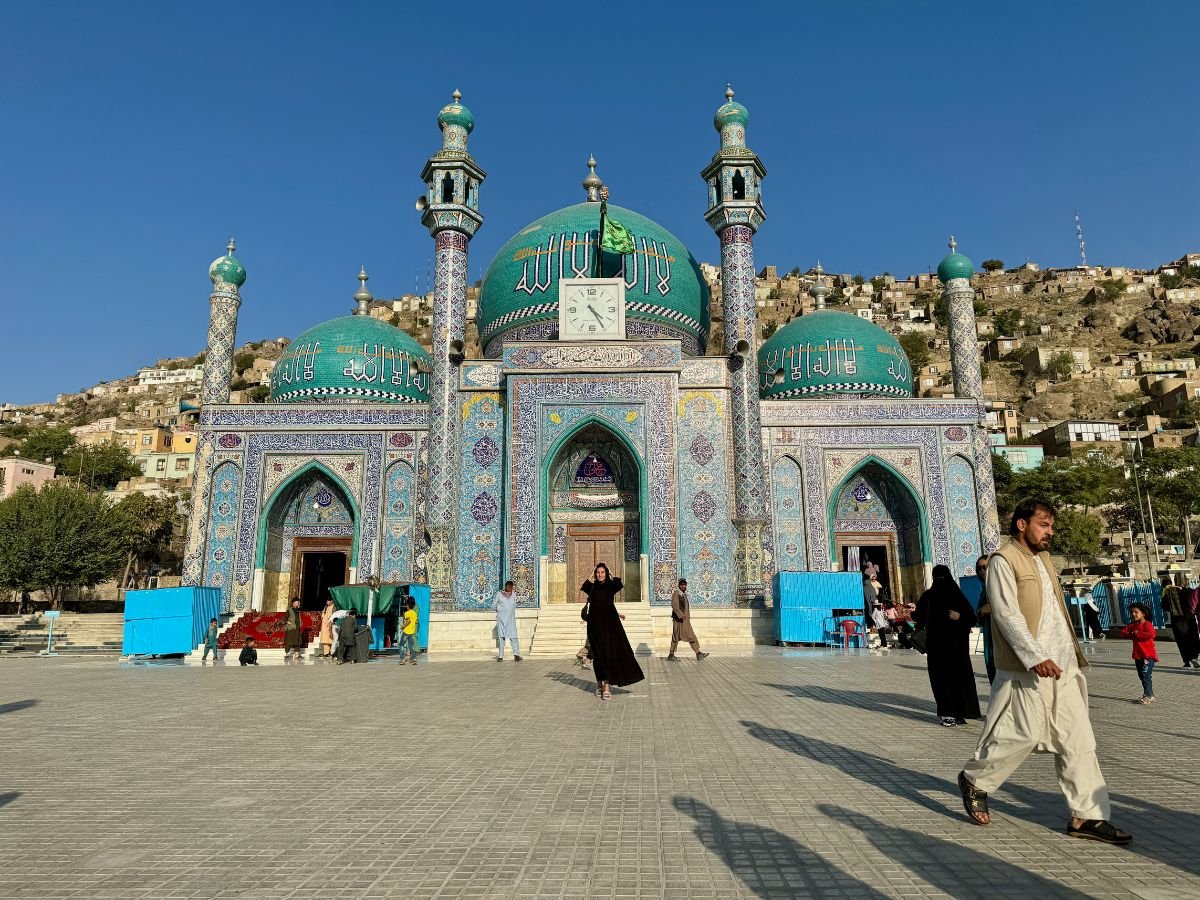
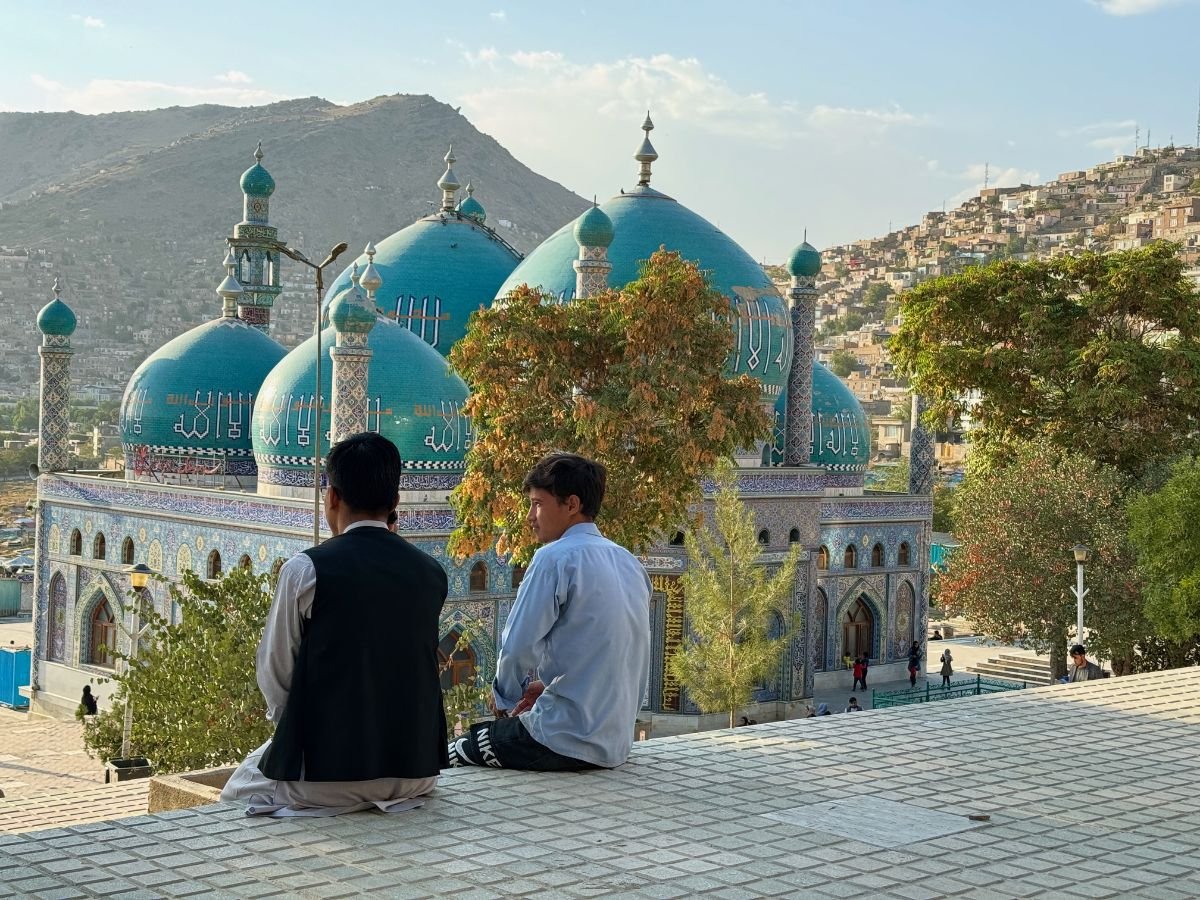
Sakhi Shrine is a popular pilgrimage site for Shia Muslims. It’s also local’s favourite sunset spot in Kabul. During sunset, we saw lots of locals come here to relax, and women can enter! Yay! Well, women can enter for now, but who knows what rules the Taliban will make up tomorrow?
Sakhi Shrine was built in the 18th century and named after Sakhi Shah-e-Mardan, who is believed to have been a companion of the Prophet Muhammad.
Jacob and I walked from the centre of Kabul to Sakhi Shrine and came across this incredible view of the city. So if I were you, I’d walk or ask your taxi driver to stop here on the way. The photo below was taken around here.
Cost: free

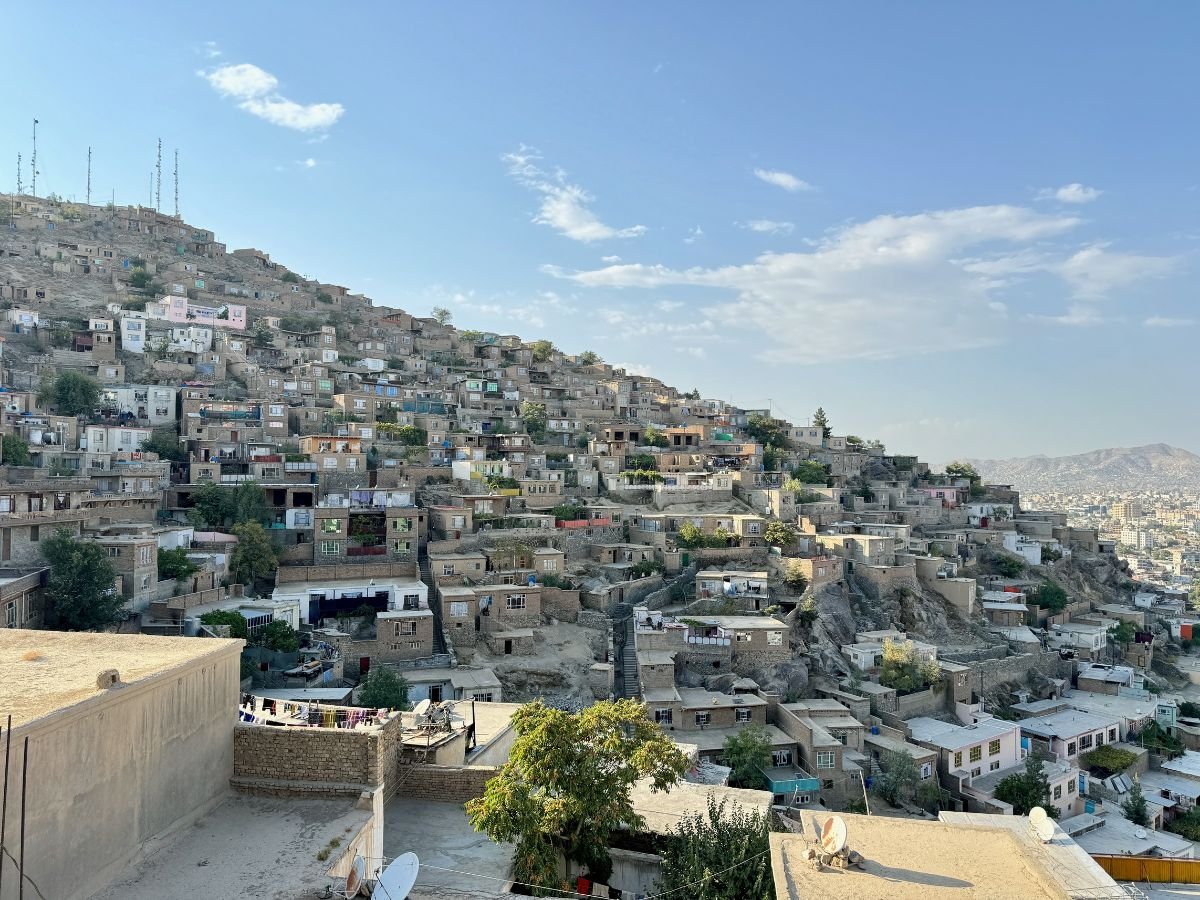
2. Babur Garden
I loved this garden; it’s a green oasis away from the chaos of Kabul. Babur Garden is called so because it’s the resting place of Emperor Babur, the first Mughal Emperor.
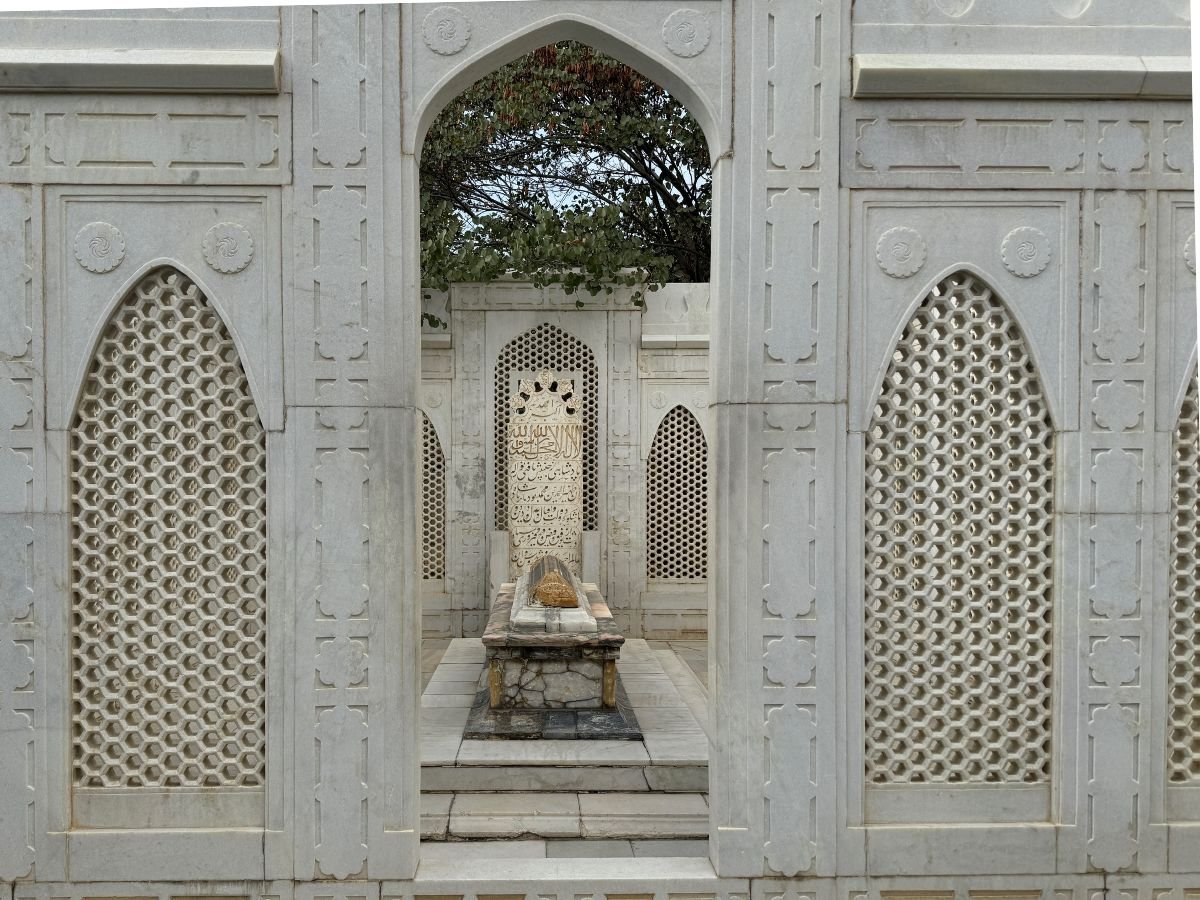
During the civil war in Afghanistan, it was totally destroyed, and after the collapse of the Taliban regime, it was restored and rebuilt by the AKTC (Aga Khan Trust for Culture). The head gardener sat with us and told us more about the history.
We visited with our new friends, Abdullah and Latif, whom we met at the market earlier that day. They told us that before the Taliban came to power, this park was the place couples would come to picnic and have dates. Now, the park is virtually empty as no Afghan women are allowed to enter (v. shit).
Cost: AFN 350 for foreigners and AFN 25 for locals

3. Ka Feroshi Bird Market
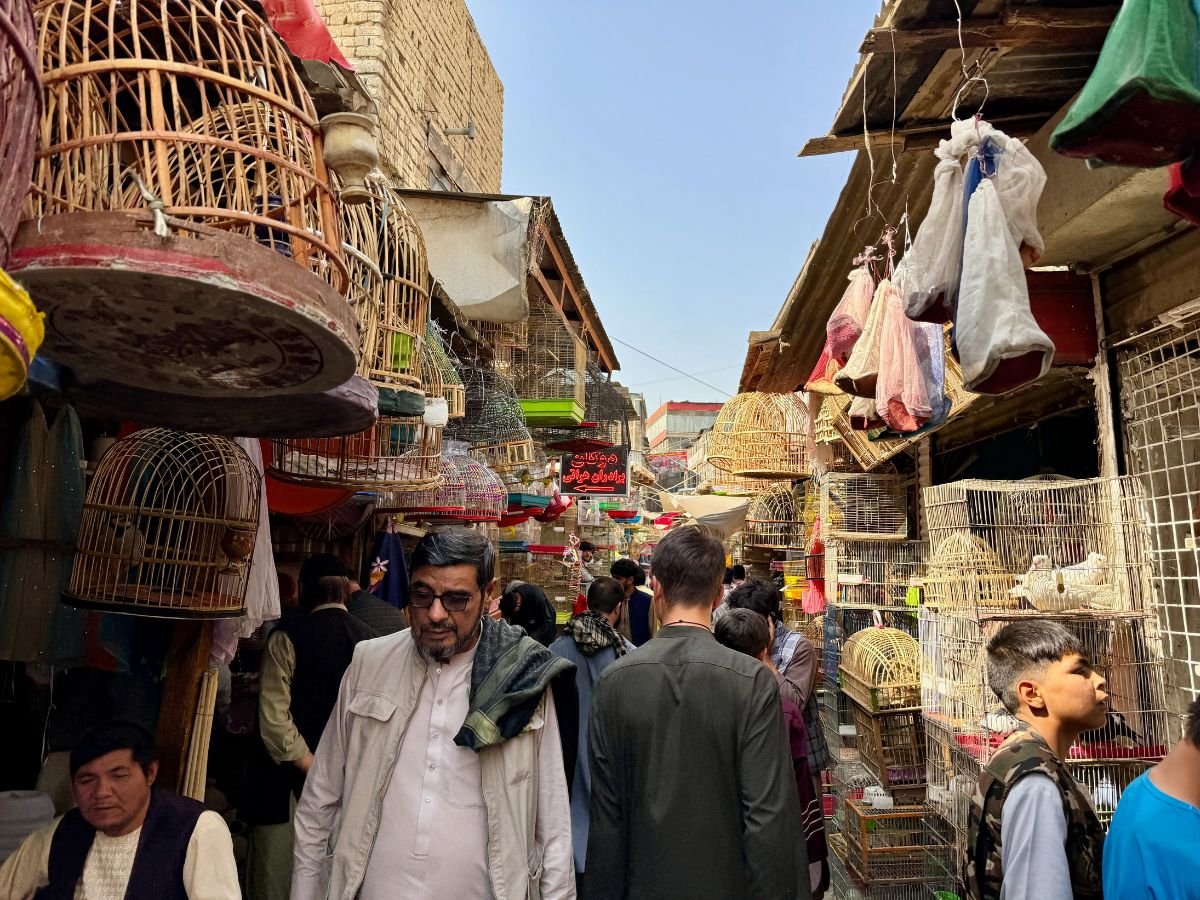
In the heart of Kabul’s old city, you’ll find Ka Feroshi Bird Market: the place where locals sell birds, seeds and other supplies.
It’s quite a narrow alley, and so, as a female, I’d advise going with someone else as it can feel a little intimidating and overwhelming.
I later discovered that most birds sold here are either caught in the wild or raised in Afghanistan, with some imported from neighbouring countries like Pakistan or Iran.
Cost: free
4. Visit Afghanistan’s biggest exchange market
Just minutes from Ka Feroshi Bird Market, you’ll find Afghanistan’s biggest exchange market, Sarai Shahzada. It’s such an interesting place as in Afghanistan, many people don’t trust the banks (and with good reason, actually), so they keep their money at this exchange. It houses over 300 traders and is the place to send, receive and of course, exchange money. So, if you need your USD exchanged, do it here.
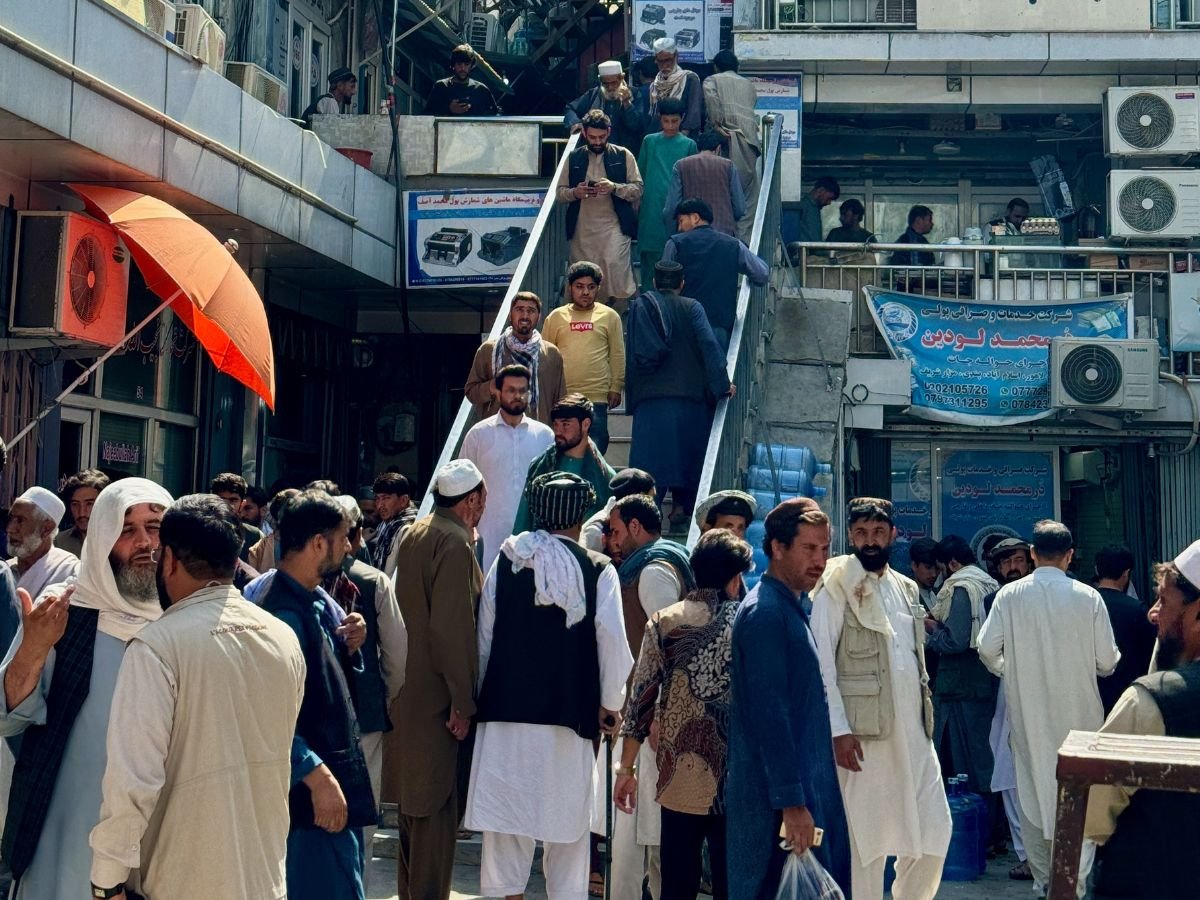
It can feel a little overwhelming entering the market at first, but persist—it’s a unique experience. Just go over to any of the stalls, and a local will definitely help you. We had nice conversations with locals who helped us communicate with the exchangers.
Cost: free
5. Take a walk through Shahr-e Naw Park
At the heart of Shahr-e Naw neighbourhood is Shahr-e Naw Park, the place you’ll want to come to watch local life come alive. Here, you can see couples picnicking on the grass, men playing cricket, and street vendors selling Afghanistan’s famous foods, like Afghan bolani (stuffed flatbread) and dough (a yoghurt drink).
While the Taliban have banned women from entering some public spaces in the country, for now, women can enter Shahr-e Naw Park. Unfortunately, though, you won’t be able to see any women participating in sports in the park as the Taliban have outlawed women from playing all sports. S***, I know.
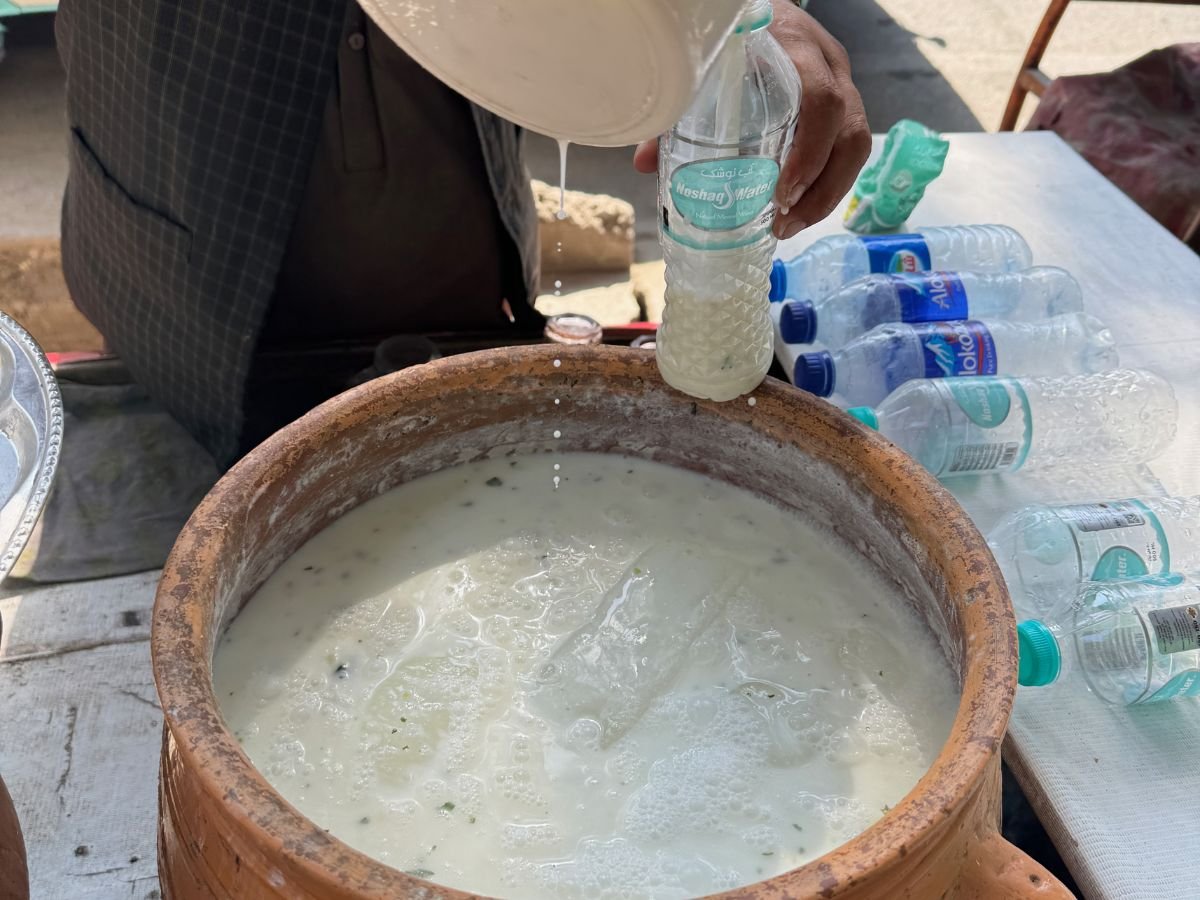
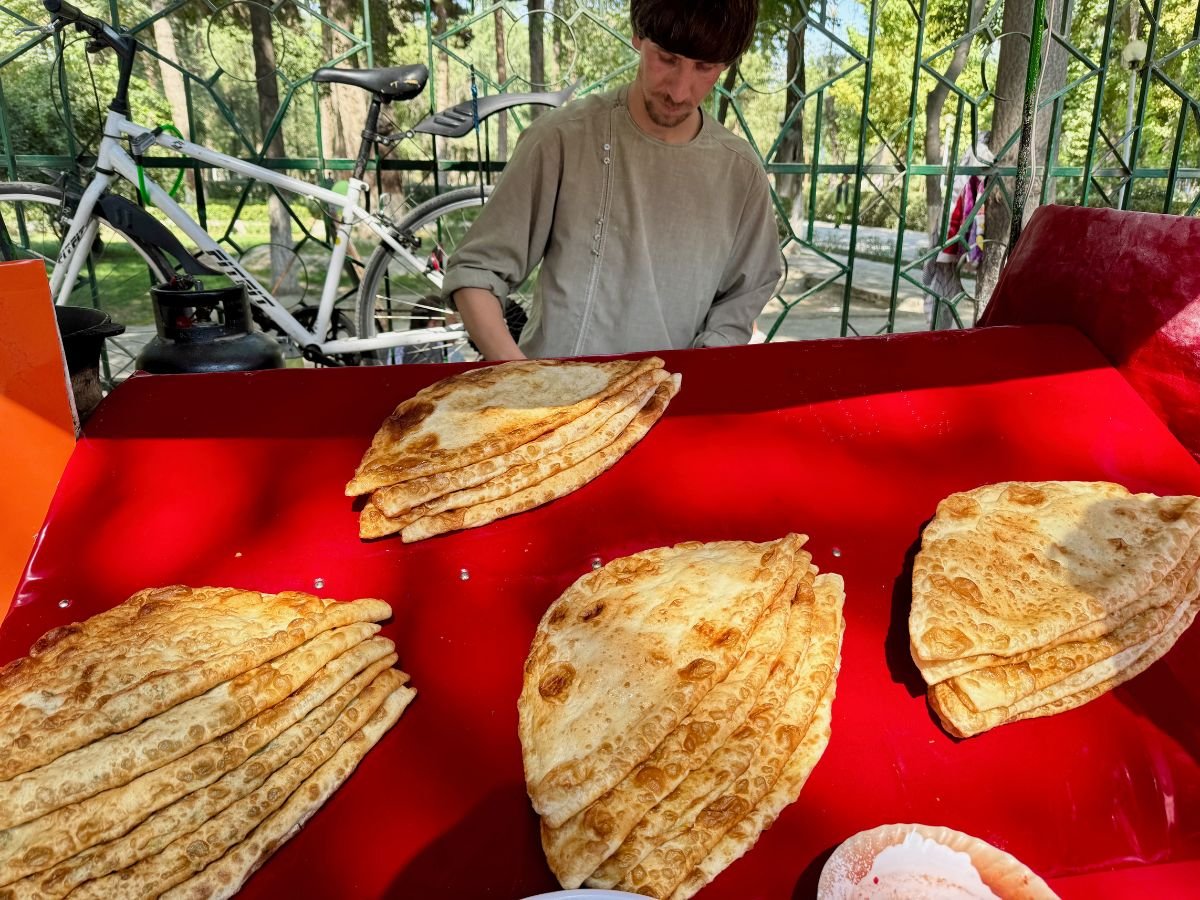
6. Get your photo taken with the last box camera photographer
I didn’t do this, and it was a big regret! I’ve met travellers since who have, and I’m sad I missed out on the opportunity.
At 73 years old, Haji Mirzaman is Kabul’s last traditional portrait photographer. Until the Taliban outlawed photography of living creatures in the 90s, Haji was among dozens of street photographers taking people’s portraits. But now, he’s the final one. Read more about him here.
Want your photo taken? He’s happy for tourists to turn up at his house; there is no need to call him in advance. If you want me to send you a pin where his house is located, send me a direct message on Instagram.
Cost: AFN 2000 for the negative and enlarged photo. The perfect souvenir!
7. Visit Qargha Reservoir
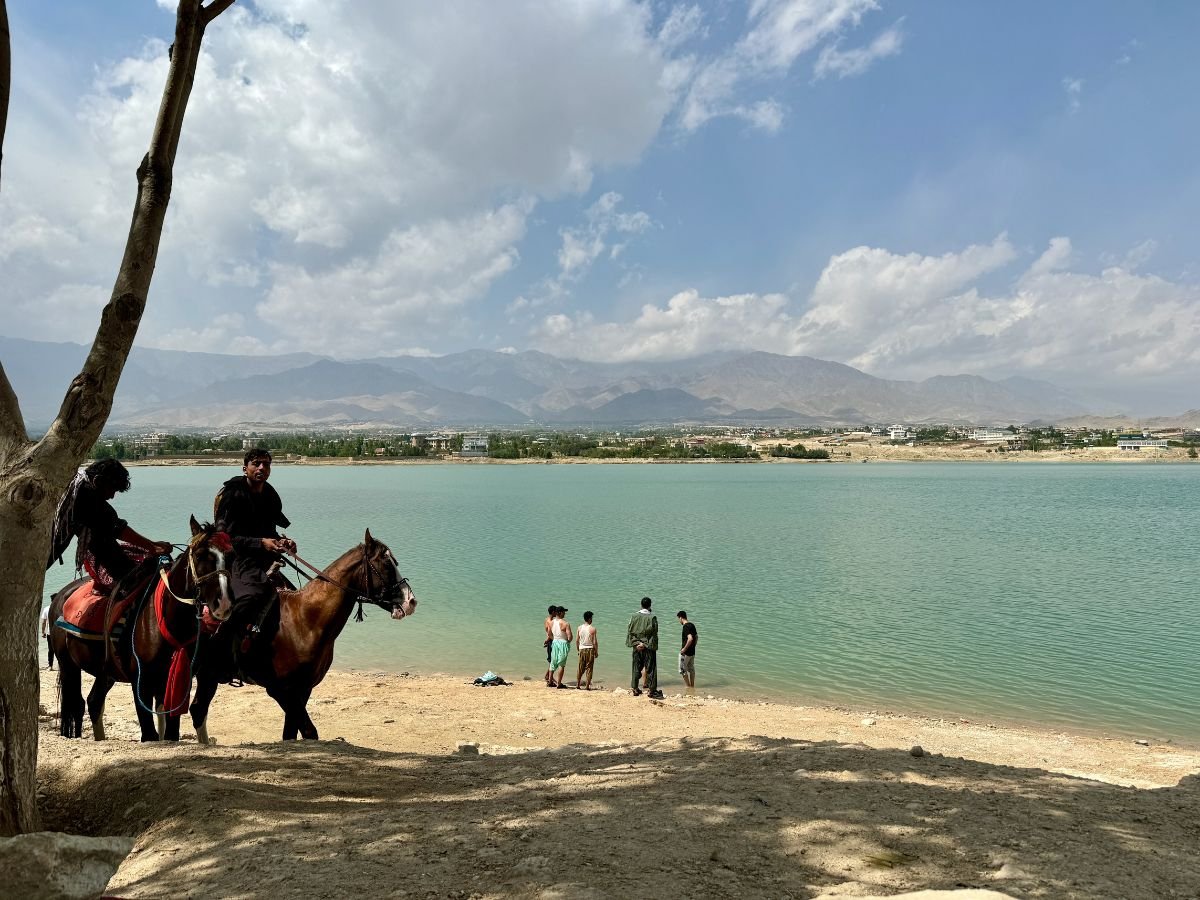
If you have the time and want to experience something Kabul locals love doing on the weekends and holidays, visit Qargha Reservoir. We visited here with our new friends whom we’d met at the market the day before, and it was so lovely! We rented a colourful rug to sit on and drank tea.
Unfortunately, the Taliban do not allow women to enter a section of the lake that has many restaurants and other recreational facilities. But no bother, because you can just access the lake from this side.
Qargha Reservoir is only around 16km west of Kabul. I’m not sure whether there are any public transport options, but a taxi shouldn’t be too expensive. If you’re really stuck on how to get there, message me on WhatsApp or Instagram, and I can try to put you in contact with my friends living in Kabul.

Afghan food
Afghanistan is home to a mix of ethnic groups: Pashtuns form the majority (around 40%), followed by Tajiks, and then the Turkmen and Hazaras. With diversity comes incredible food!
Traditionally, you’re expected to sit on the floor on a dastarkhan in Afghanistan. Afghans love to share a spread of dishes with bread and salad. If you’re a vegetarian, you’re really going to struggle in Afghanistan; it’s very meat-heavy!
Where to eat in Kabul?
The national dish of Afghanistan is kabuli palaw, which is rice, carrots, raisins, and lamb. It is so damn good. The best palaw I had in Kabul was at my friend’s restaurant called Andkhoi Bastan Turkmen Restaurant here.
A second favourite dish in Afghanistan? Kebab! Of course, it is obligatorily served with naan (bread), salad and chutney. The best kebab we had in Kabul was at Super Shinwari here. But to be fair, wherever we had kebab, it was incredible. Go for lamb if you can! Also, a heads-up: each portion of kebab comes with 8-10 sticks; don’t make the same mistake as Jacob and I made and order “3”, thinking we were ordering 3 sticks. We had to take some home as we were stuffed.
Next up, Afghan chicken. I told you Afghanistan wasn’t vegetarian-friendly! The chicken that we had in Kabul was incredible. If you walk down Sulh Rd, near Shahr-e Naw Park, you’ll find tons of chicken shops that sell whole-cooked chicken for AFN 350. So good.

Then, you’ve absolutely got to try Afghan juice. On every street in Kabul, you’ll find vendors selling Afghan juice. The fruit in Afghanistan is just so fresh and delicious, and in the juices, dates, nuts, and even cream are added.
Where to eat Sheryakh in Kabul?
Last but not least, Sheryakh, Afghanistan’s homemade ice cream. I had one every day I was in Kabul. My friend took us to one which is known to be one of the best in the city, it’s called Sheryakh Charikar. I can’t find it on Google Maps, but it is around here, just after the park.
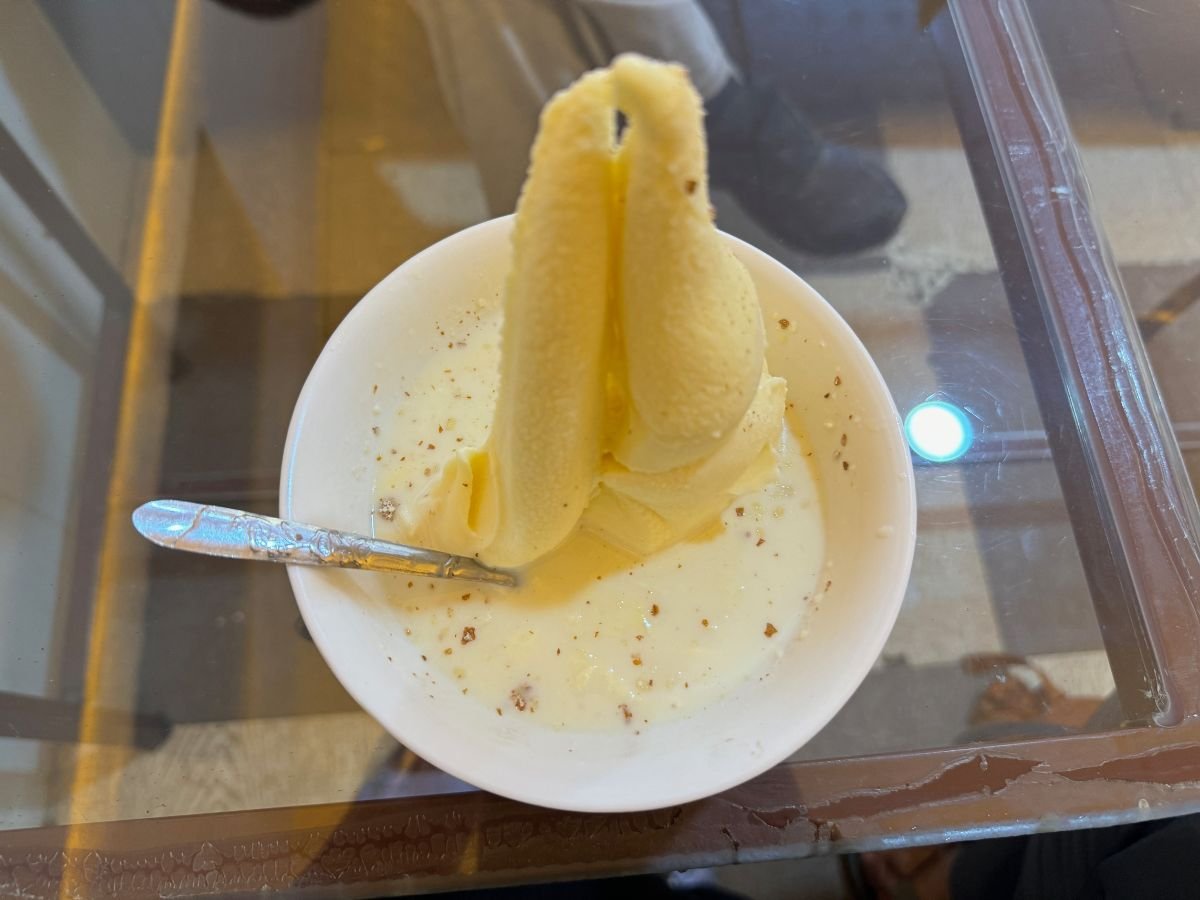
Although I haven’t tried Bukhara Restaurant, it’s famous and highly rated in Kabul. So, if you can, try it out.
Oh, and for my fellow coffee addicts—brace yourself. The coffee scene in Kabul is not great since tea reigns supreme in Afghanistan. That said, I loved going to the Cafeteria, a modern restaurant that serves coffee and has a beautiful outdoor terrace. I came here quite a few times alone, and each time, I met some nice local women.
How to stay safe in Kabul
Despite my love for Kabul, I won’t pretend it’s the safest city because it’s not. As a tourist, you need to:
- Avoid walking alone at night: Jacob and I walked home from Sakhi Shrine back to our hotel in Shahr-e Naw. Thankfully, nothing happened to us, but we regretted not taking a taxi.
- Wear local clothing and try to blend in as much as possible. If you’re a solo woman, I’d advise wearing a niqab or even a burqa so you can walk the streets undetected.
- It’s nice to chat with locals; most are super friendly and just want to help, but try not to give them too much information, like where your hotel is or where you plan to travel, unless you trust them.
- Be careful when taking photos—always ask their permission. I heard of an American traveller getting into trouble with the locals (and rightly so) when he took a photo without their permission.
- Make an effort to understand Afghanistan; it’s a deeply conservative country, so be respectful.
- Bring enough cash: International cards aren’t accepted in Afghanistan, so carry enough cash to exchange for AFN. USD is king in Afghanistan, and you’ll get better rates for large, crisp notes at money exchangers.
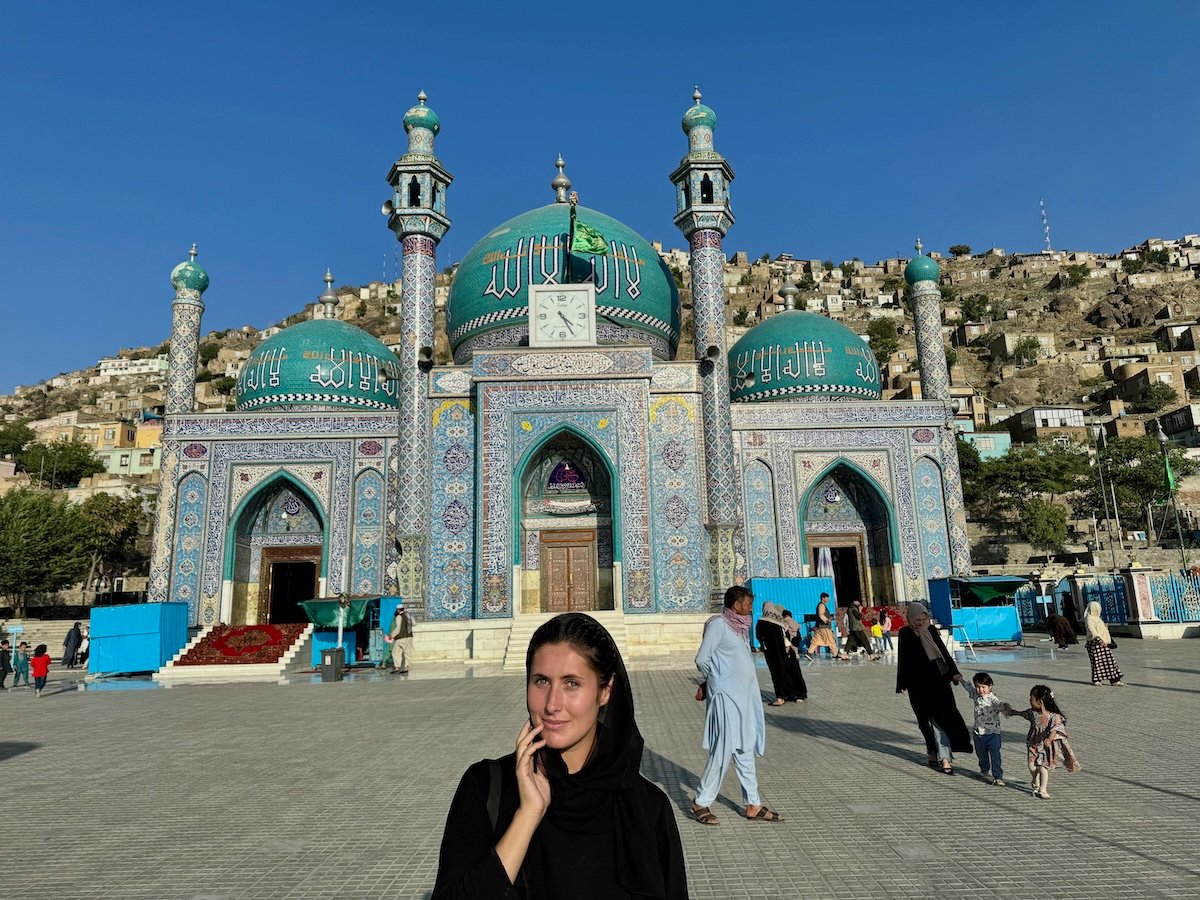
Ok, that’s a wrap. I hope my guide to Kabul in Afghanistan equipped you with the best information possible to make you feel confident about visiting the city independently. Please contact me on Instagram or WhatsApp for further advice or help! Big love.
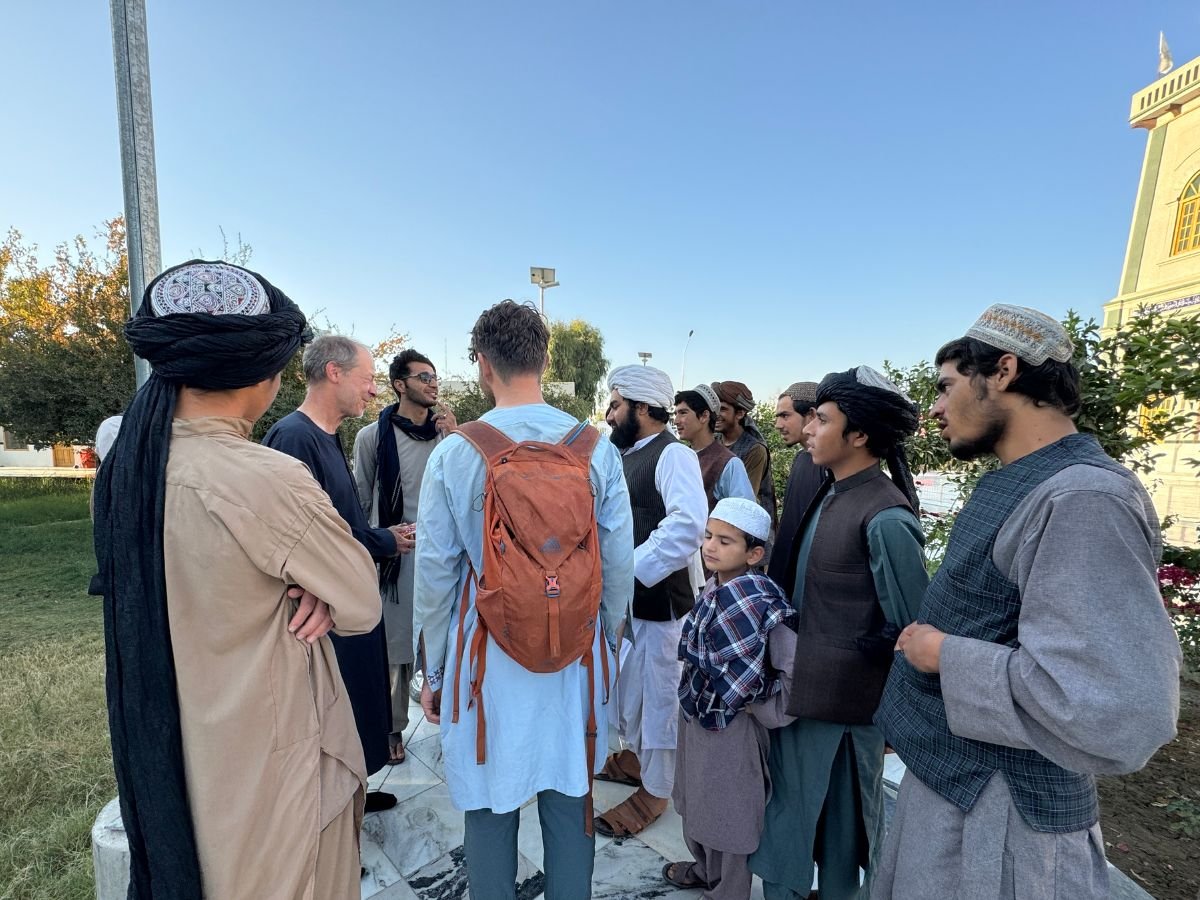
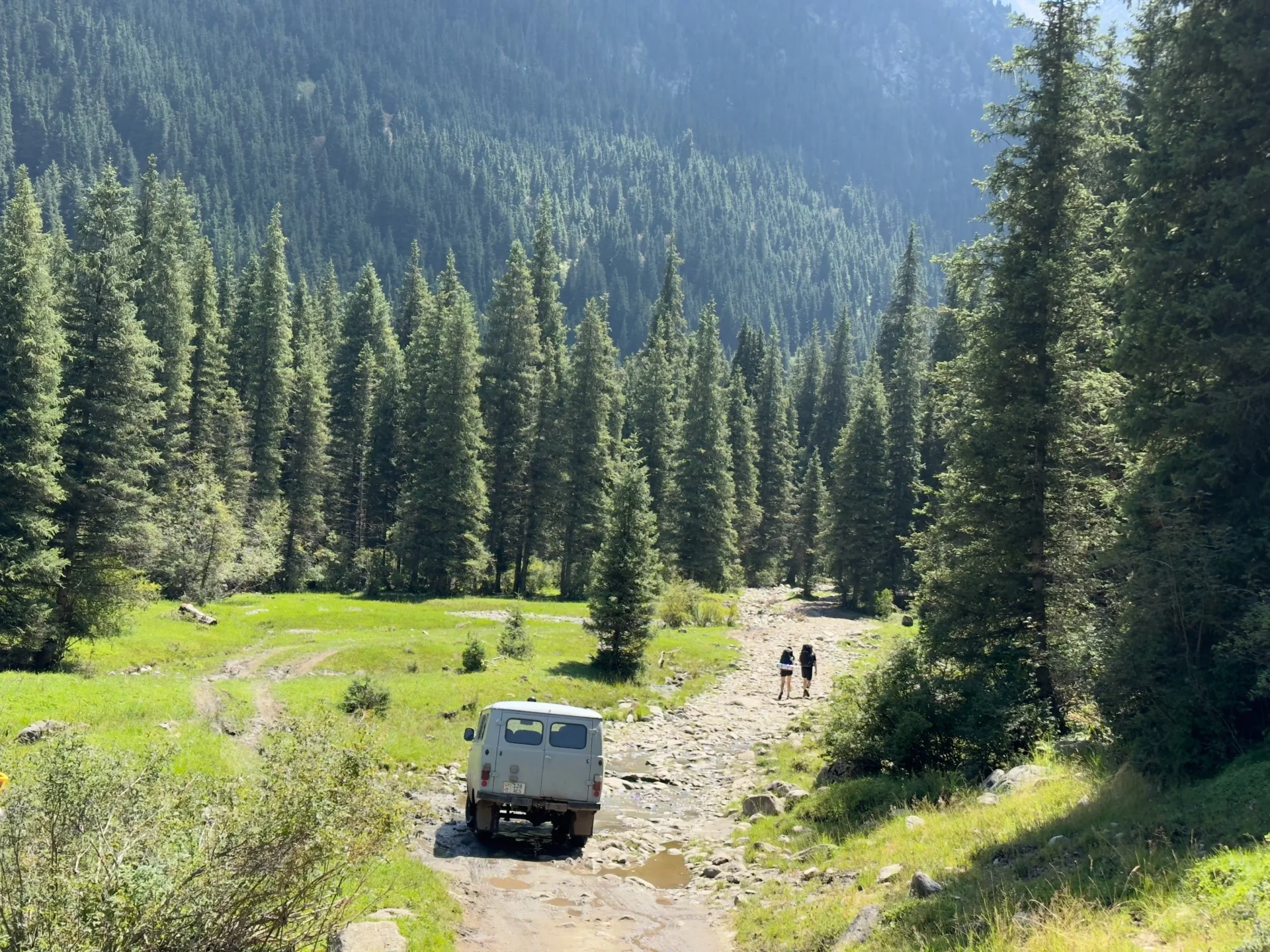
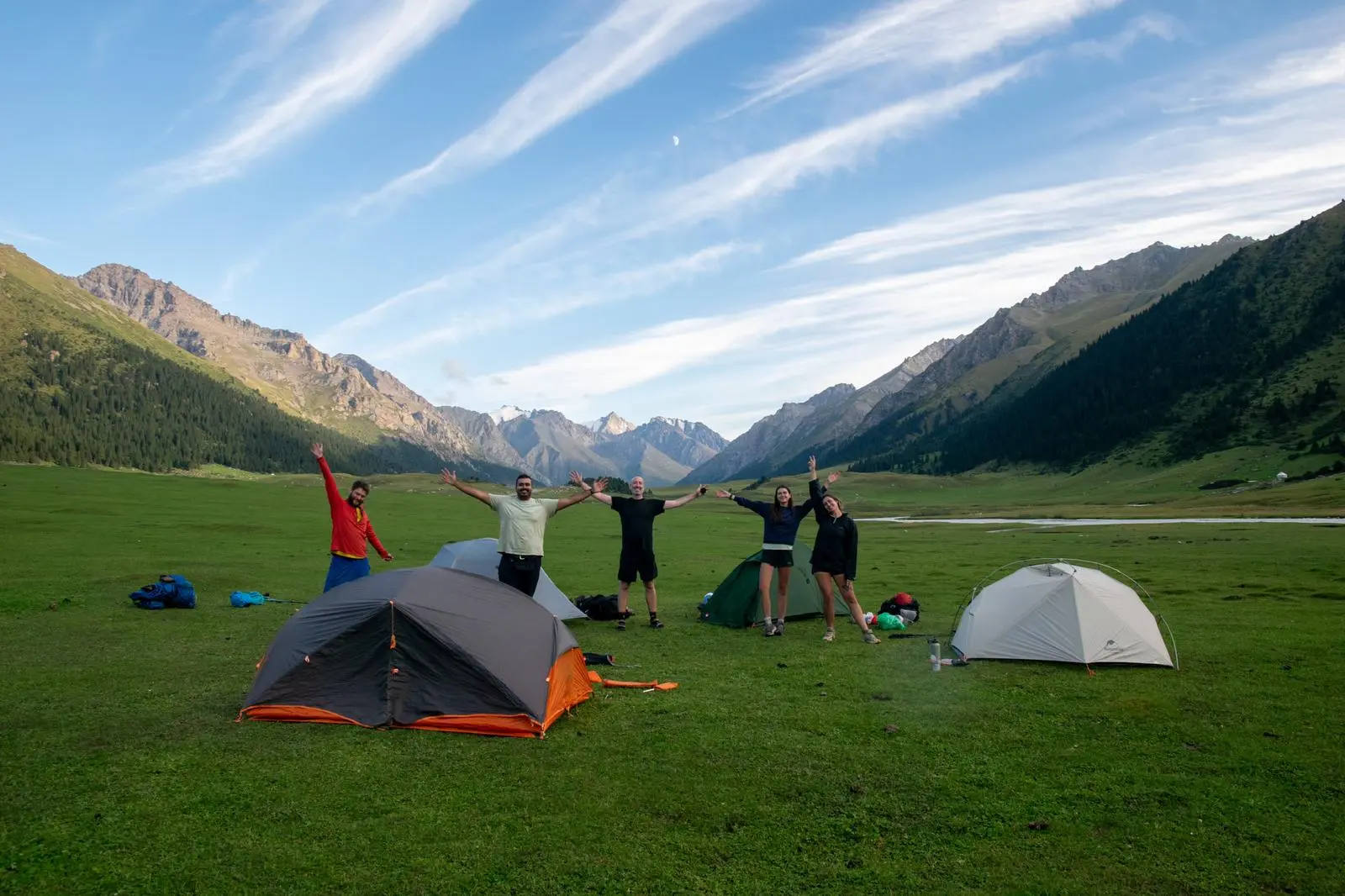
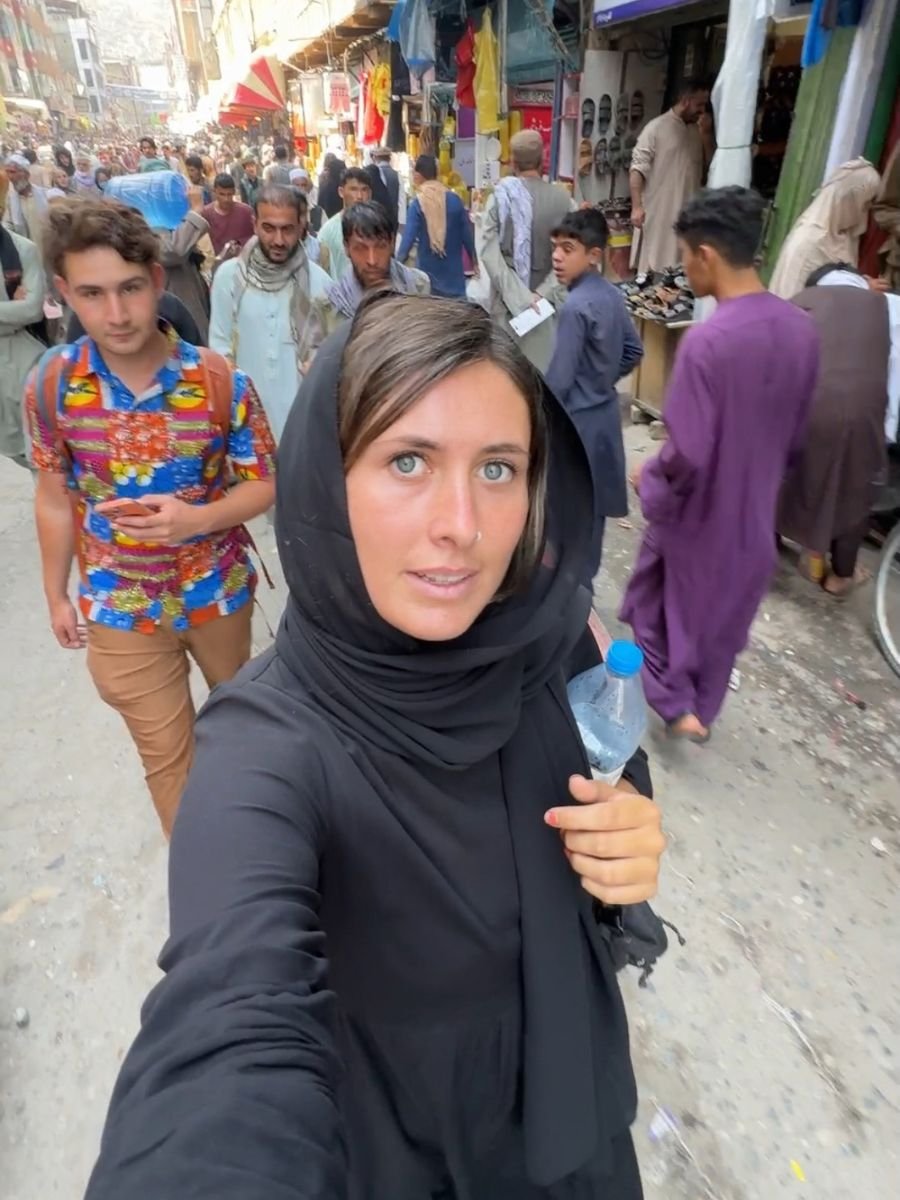
1 comment